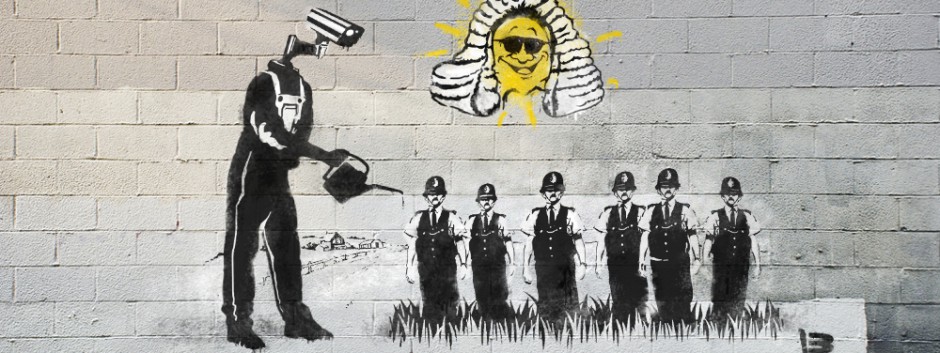Electronic Disturbance
In the ‘Electronic Disturbance” piece, Ricardo Dominguez brings up the strategy of phone zapping. This was done in order to combat a large food conglomerate called Publix which had stopped selling condoms during the AIDS epidemic. A group of people had worked with him to call their phone lines 24/7. Ricardo was supposed to call at 10:59, 11:59, and 1:59 and give his complaint of how he believed they needed to start selling condoms again or he would no longer shop there. It was a peaceful way of getting their voices heard and after two weeks of phone zapping, Publix began selling condoms again.
Art as Resistance
In “Art as Resistance” by Raul Alonzo, he mentions the Muhammad Mahmoud wall murals. Security forces, armed with snipers and rubber bullets came to use a tactic of shooting protesters in the eyes, blinding them in the process. In response to these eye snipers, murals were painted on the wall depicting the faces of men and women with eye patches and bandages across their eyes. The murals can seem quite unnerving but showcase exactly the hardships these people were facing.
http://www.360cities.net/image/mohamed-mahmoud-graffiti-wall-cairo#-38.51,-0.66,70.0
Borderhacks
In “Border Hacks: Electronic Civil Disobedience and the Politics of Immigration,” SWARM the MinuteMen was brought up. This group opposed the actions of the MinuteMen of monitoring the flow of immigrants for the US and Mexico border. SWARM, held a vitrual sit in of 78,500 people and caused the MinuteMen server and WakeUpAmericaFoundation servers to go down. They called for people to help them with phone zapping and other forms of electronic civil disobeidence. After the virtural sit in, they wanted people to physically interfere with the MinuteMen’s patrols once they started up again. The article mentions how they would memorialize the people who had been killed at the border by recording their names in similar vain to the Vietnam Wall.
http://www.autistici.org/swarmtheminutemen/
Of all three, I would say my favorite were the Muhammad Mahmoud wall murals. Seeing the picture in the text was rather disturbing and seeing the actual wall through google maps really brought it together. This artwork was a way of remembering what happened to these people and proclaiming that it wouldn’t be forgotten. This was a way of fighting back, without resorting to an extreme violent action like those of the SCAF. It was a simple and effective way of resisting.




Click the link icon and get your links to work!